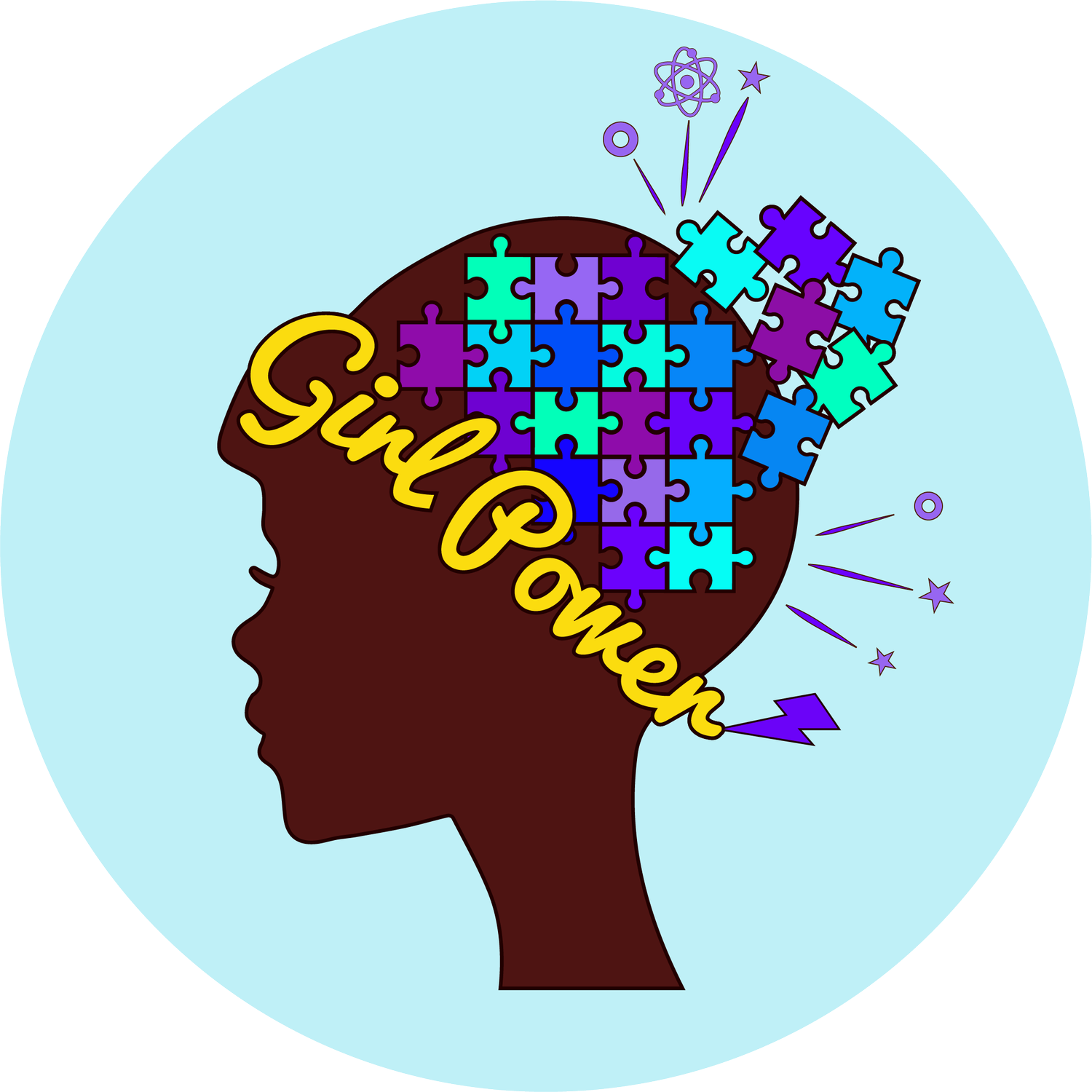3 Steps to Help your Child with their Brain Remodel
By: Konika Ray Wong, M.Ed. Founder of Girl Power Science
Neuroplasticity during puberty is powerful. Starting as early as age eight and ending around age eighteen, your child’s brain goes through a huge remodel. The prefrontal cortex which controls decision making forges connections with the boss of our emotions called the amygdala. There are actions we can take to help empower our children to be the architects in charge during the renovation.
Step 1: Cultivate an Attitude of Gratitude
Having a daily gratitude practice can rewire our neurons and make us have a more positive and grounded outlook. Take turns sharing a rose (highlight) and thorn (lowlight) from the day at dinner. Jot down two to three things you’re grateful for in a journal at bedtime. It is always helpful to remember that if your child is experiencing changes associated with puberty, they are healthy. Good health is clearly a source of gratitude during this pandemic!
Step 2: Practice Mindfulness
There are lots of great apps that have short guided mindfulness sessions for kids such as Insight Timer, Headspace, and Calm. My ten year old daughter and I love Insight Timer. We search for topics for kids, take a quick look at the reviews, and then listen to them at bedtime. We bookmark the ones that resonate with us. Some of my daughter’s favorites include: “Boosting Immunity & Feeling Calm in the Time of Coronavirus” by Laura Garrison-Brook, “Cake Meditation” By Andy Hobson, “What Animal am I?” by Mary Christine Parks LCSW, and “Moonbow Unicorn Forest” by Cory Cochiolo.
Obviously, you don’t have to use an app to practice mindfulness! Go for a hike with your child, do some yoga together to ease those growing pains, or encourage them to take a relaxing warm bath to increase endorphin levels. During the lockdown my daughter enjoyed Cosmic Kids Yoga and now that she has outgrown that she loves Anna Mcnulty’s stretching videos on YouTube.
Step 3: Naming Emotions
Sometimes when we see our kids feeling big emotions, we wish there was a magic calming button. Neuroscience reveals an attribute of our brains that comes pretty close to that magic button. Simply naming our big feelings has the remarkable power to ease their hold over us. Last week, I attended a talk by Dr. John Medina called “The Brains Behind Thriving.” If you are feeling courageous, you can employ a two-step technique that he mentioned. First, you take a guess at naming the feeling that your child is experiencing and then you guess what caused that feeling. When we pay attention, the intensity of our feelings change and we often feel calmer.
